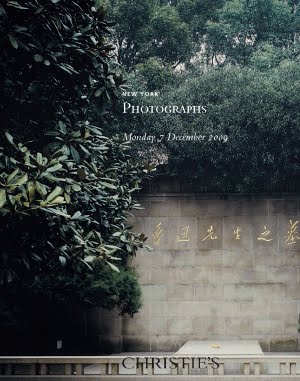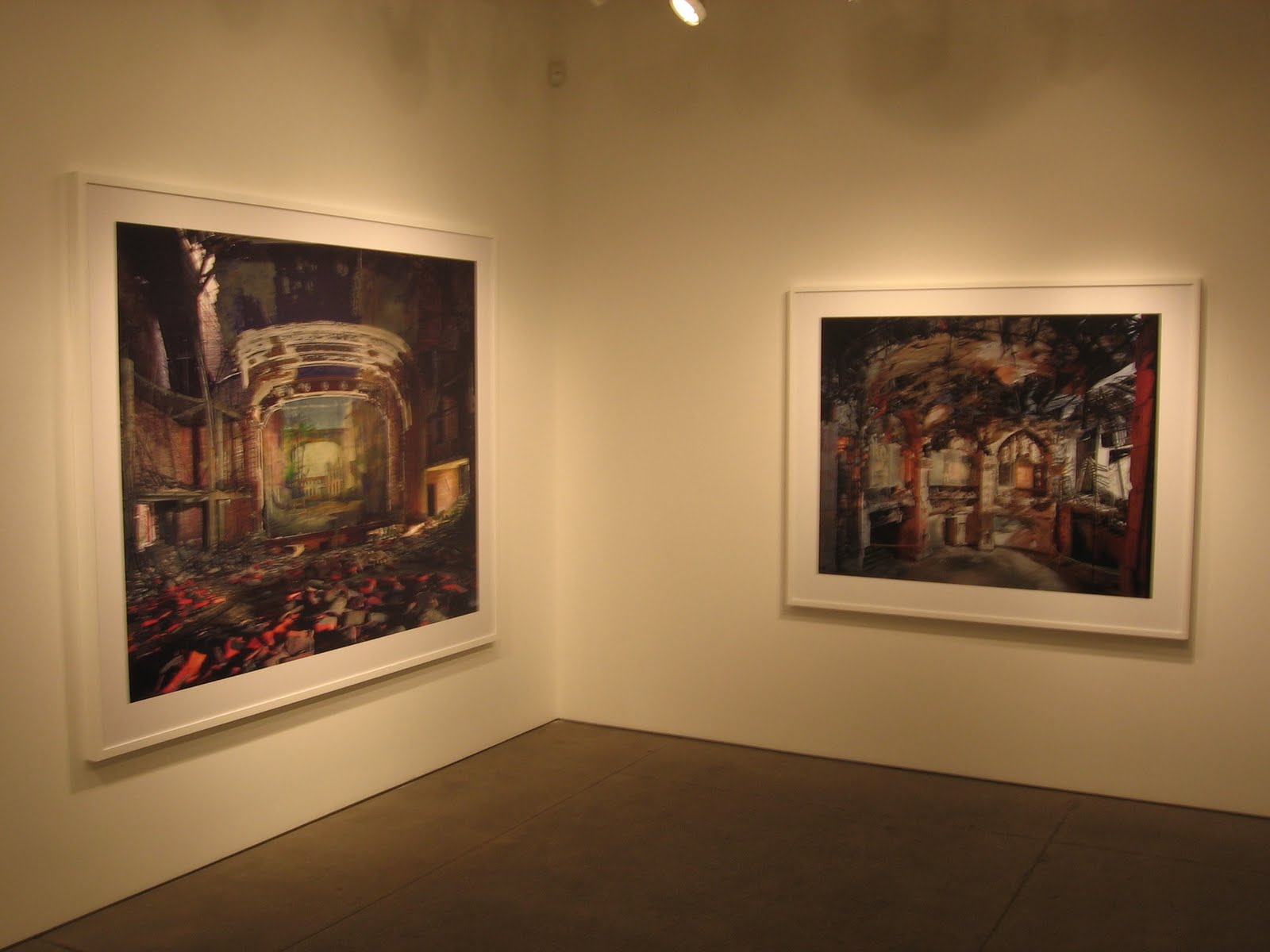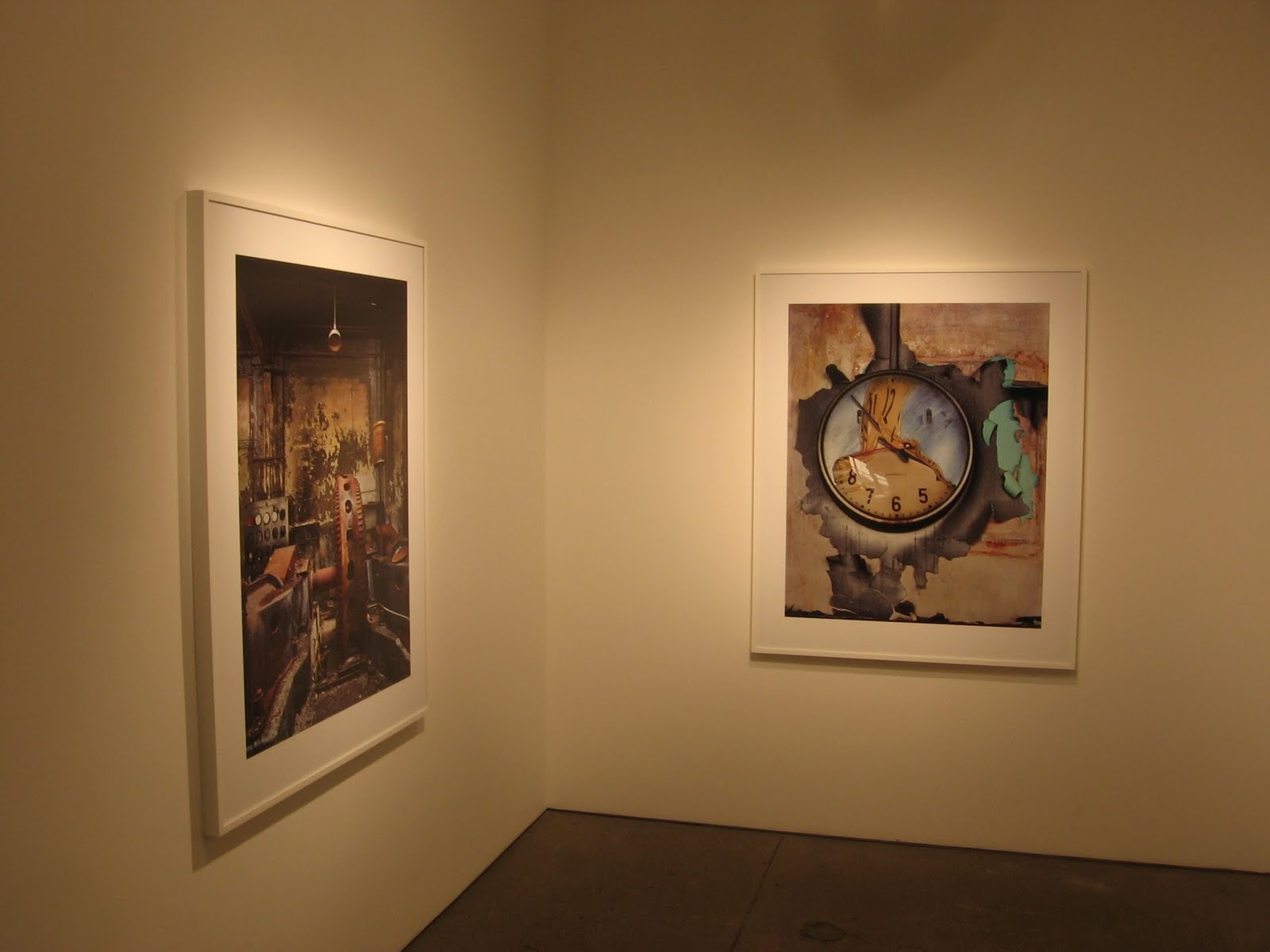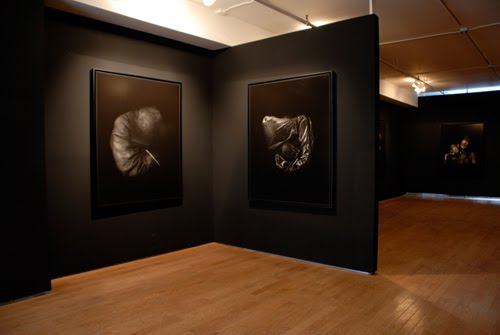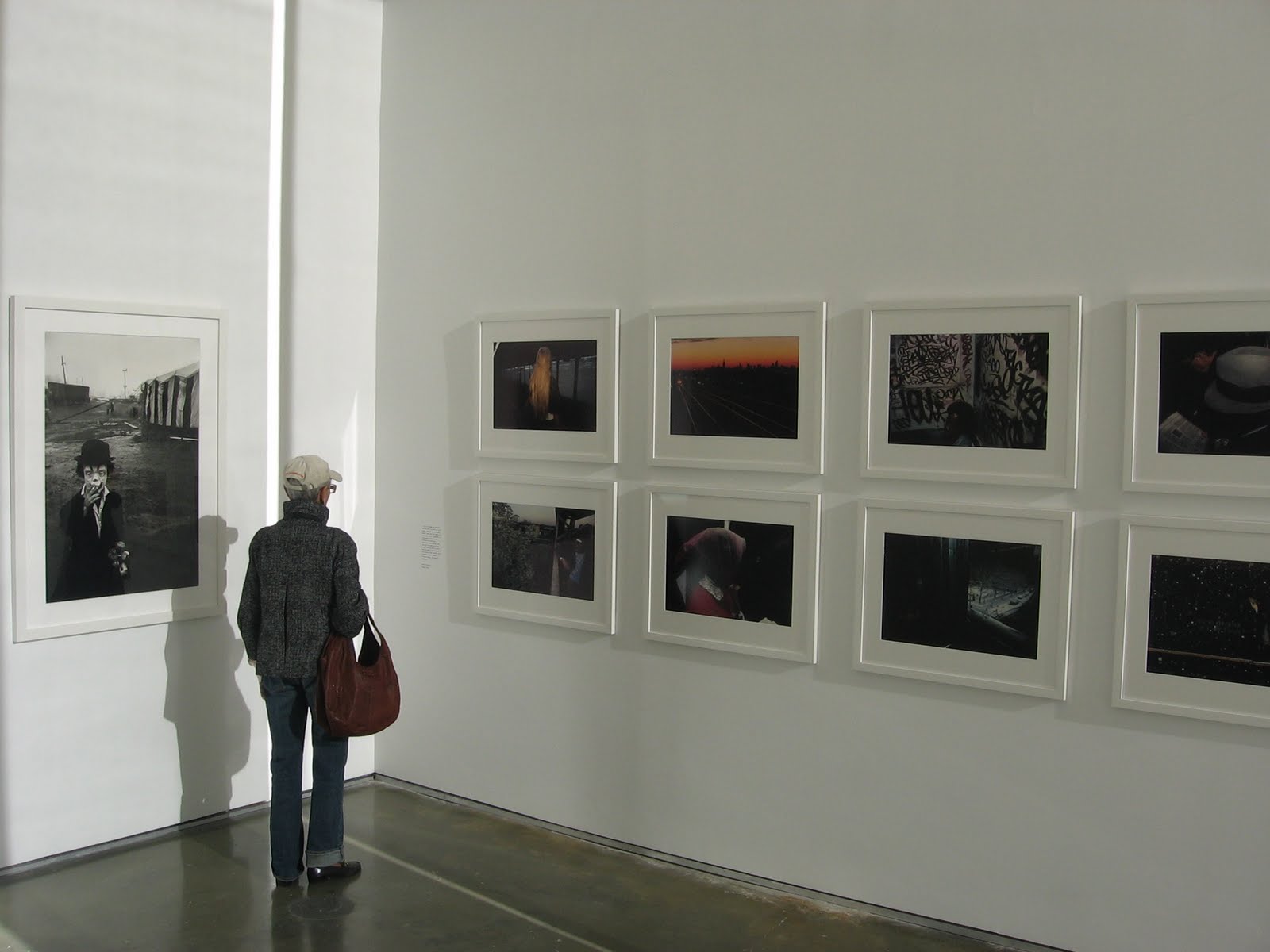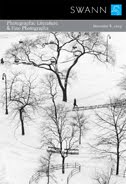 Swann’s December sale is a combination of two effectively separate sales: one for photographic books and one for photographs. While the books will likely never reach parity in terms of dollars at risk, the breadth and quality of the photographic literature on offer in this sale seems for the first time to be roughly equivalent with the photographs; both halves of the sale have an eclectic mix of rarities and more mainstream pieces. Across the two sales, there are 423 lots on offer, with a total High estimate of $1810850. Since the two genres are so different, I’ve separated the statistical analysis of the sales into two parts below. (Catalog cover at right, via Swann.)
Swann’s December sale is a combination of two effectively separate sales: one for photographic books and one for photographs. While the books will likely never reach parity in terms of dollars at risk, the breadth and quality of the photographic literature on offer in this sale seems for the first time to be roughly equivalent with the photographs; both halves of the sale have an eclectic mix of rarities and more mainstream pieces. Across the two sales, there are 423 lots on offer, with a total High estimate of $1810850. Since the two genres are so different, I’ve separated the statistical analysis of the sales into two parts below. (Catalog cover at right, via Swann.)
Photographic Literature
Here’s the breakdown (maybe we need different price categories/definitions for books?):
Total Low Lots (high estimate up to and including $10000): 210
Total Low Estimate (sum of high estimates of Low lots): $290700
Total Mid Lots (high estimate between $10000 and $50000): 0
Total Mid Estimate: NA
Total High Lots (high estimate above $50000): 0
Total High Estimate: NA
The top lot by High estimate in the book section is lot 2 Francis Frith, Egypt Nubia and Ethiopia, Illustrated with One Hundred Stereoscopic Photographs, 1862, at $7000-10000.
Below is the list of photographers represented by at least 4 lots in the book portion of the sale (with the number of lots in parentheses):
Richard Avedon (5)
Brassai (5)
Walker Evans (5)
Camera Work (4)
Robert Frank (4)
Lee Friedlander (4)
Yasuhiro Ishimoto (4)
Andre Kertesz (4)
William Klein (4)
Bruce Weber (4)
Garry Winogrand (4)
Our favorites among the books were:
Lot 89 William Klein, Tokyo, 1964
Lot 93 Shomei Tomastu, Oo! Shinjuku, 1969
Lot 97 Eikoh Hosoe, Embrace, 1971
Lot 110 Yasuhiro Ishimoto, Chicago, Chicago, 1969
Lot 150 Ed Ruscha, Thirtyfour Parking Lots in Los Angeles, 1967
Lot 163 Lewis Baltz, San Quentin Point, 1986
Fine Photographs
Here’s the breakdown:
Total Low Lots (high estimate up to and including $10000): 202
Total Low Estimate (sum of high estimates of Low lots): $835150
Total Mid Lots (high estimate between $10000 and $50000): 9
Total Mid Estimate: $175000
Total High Lots (high estimate above $50000): 2
Total High Estimate: $510000
The top lot by High estimate in the photographs section is lot 350 Ansel Adams, Moonrise, Hernandez, New Mexico, 1941/1948, at $350000-450000.
Below is the list of photographers represented by at least 4 lots in the photographs portion of the sale (with the number of lots in parentheses):
Andre Kertesz (13)
Edward Weston (8)
Berenice Abbott (7)
Ansel Adams (7)
Ruth Bernhard (5)
Lewis Hine (5)
Harry Callahan (4)
Alfred Eisenstaedt (4)
Our favorites among the photographs were:
Lot 290 Florence Henri, Untitled, 1938
Lot 325 Art Sinsabaugh, Backyard of 750 Studio, Chicago, 1948
The complete lot by lot catalog (for both parts of the sale) can be found here. The 3D version is located here.
Photographic Literature & Fine Photographs
December 8
Swann Galleries
104 East 25th Street
New York, NY 10010


